General John J. Pershing, commander of American forces in World War I, called Belleau Woods one of the most important battles American troops ever fought.
In the June of 1918 German forces captured Chateau Thiery on the Marne River and were moving westward toward Paris, 60 miles away. The United States had been in the war for more than a year, but until this time they had been training behind the lines, not in actual combat. In fact, the Americans had lost fewer than 200 men so far in a war that saw battles with 60,000 casualties in one day.
This changed when advancing Germans met a brigade of American Marines at a forest known as the “Bois de Belleau.” While French units withdrew prudently to more defensible ground, the Marines stayed in an advanced position, digging shallow trenches with their bayonets. Urged to withdraw, Marine Captain Lloyd W. Williams declared:
“Retreat? Hell, we just got here.”
“Come on, you sons of bitches, do you want to live forever?”
The Germans and Americans traded possession of the woods repeatedly in heavy fighting during the next two weeks. Finally on June 26 the Marines gained the upper hand and announced in a succinct report:
“Woods now U.S. Marine Corps’ entirely.”
The fighting at Belleau Woods and nearby Vaux and Chateau Thierry stopped the last major German offensive of World War I. During the battle at the Woods, the Americans suffered 9,777 casualties and lost 1,811 men killed.
Visiting the Battlefield, 1986
Twenty-seven years ago I visited the Bois Belleau, taking pictures in the old-fashioned way, with Kodak film. Until recently those pictures languished in slide trays, too much trouble to access and organize. Thanks to the help of a research assistant, Gabe Rose, they are now digitized and ready for rebirth on the web.
I visited the Bois Belleau on Armistice Day weekend, November, 1986. The date was a reminder that the war ended only about three months after the Belleau fight. There and elsewhere the last great German offensive of the war was stopped, and soon hundreds of thousands of American soldiers helped win the war for the Allies.
Entering the autumnal forest I could see a monument and flagpole in the distance, flanked by cannon:
The forest is now a park, and that morning French families with picnics walked through the forest. The trees had grown back after the devastation of the battle 68 years before.
View more entries on the American Realities blog...
(You know you want to!)

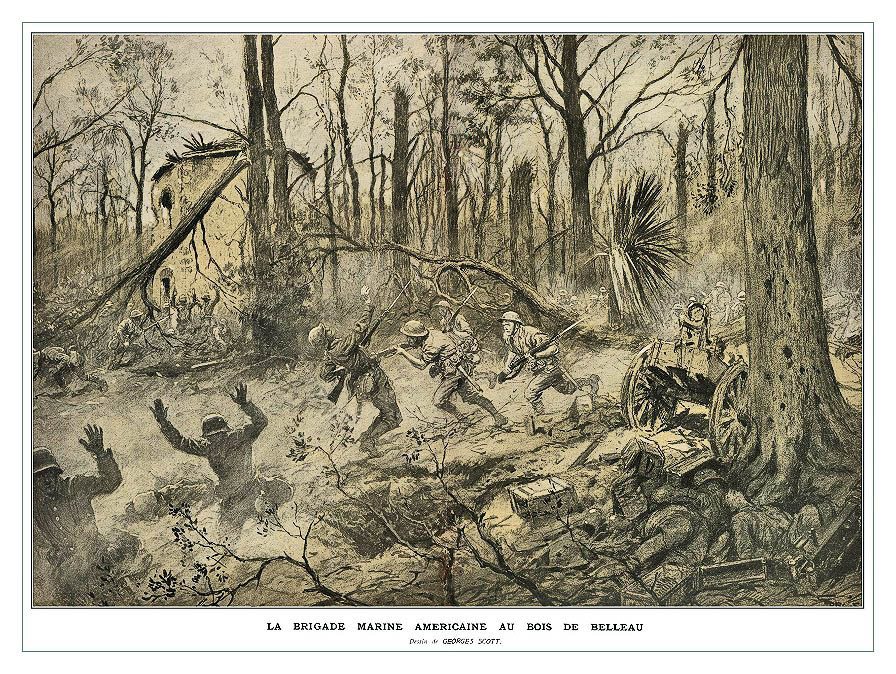

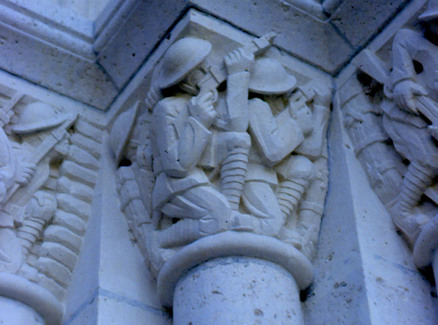
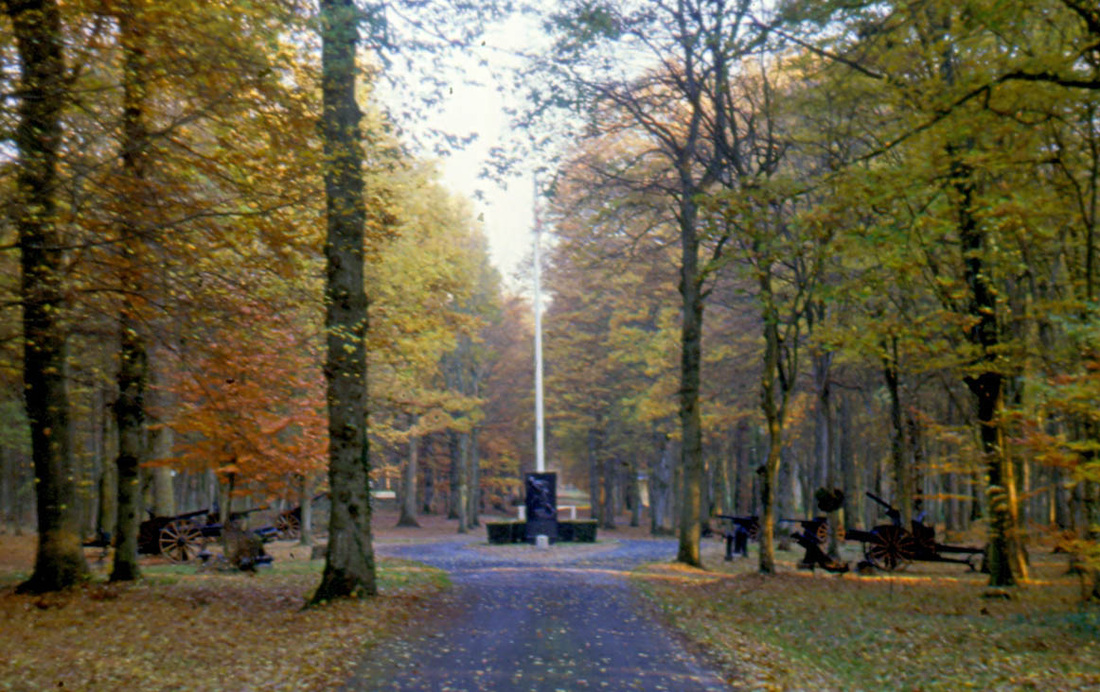
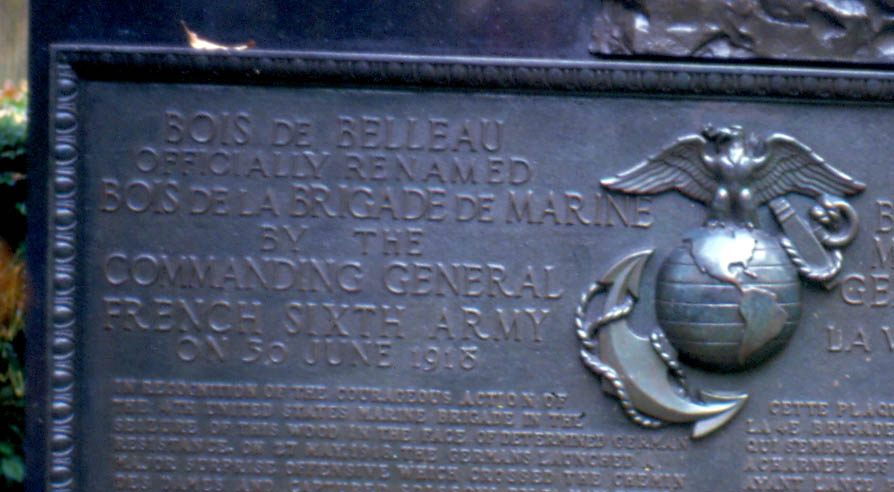
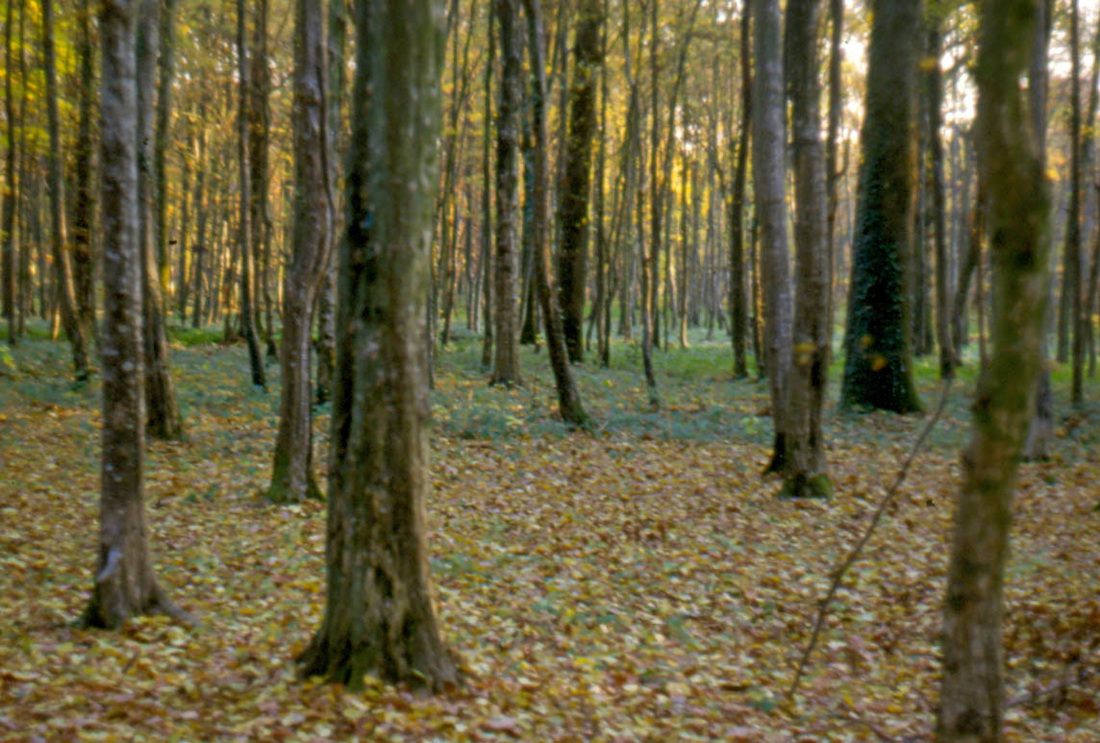
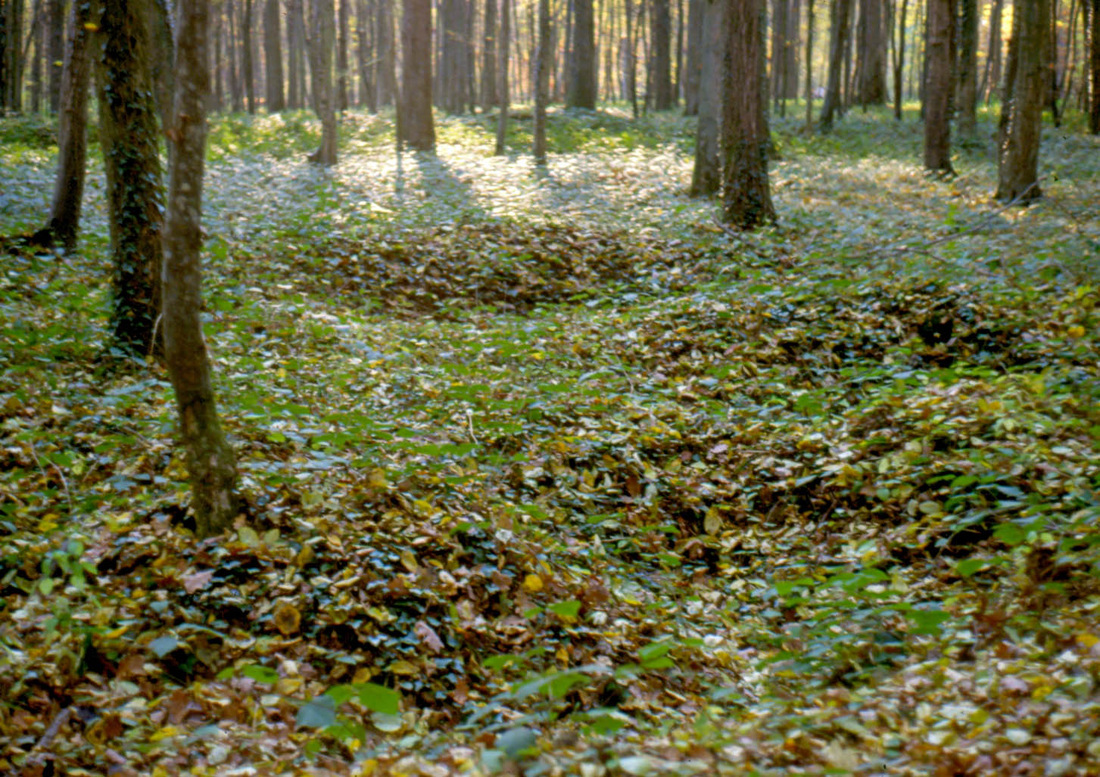
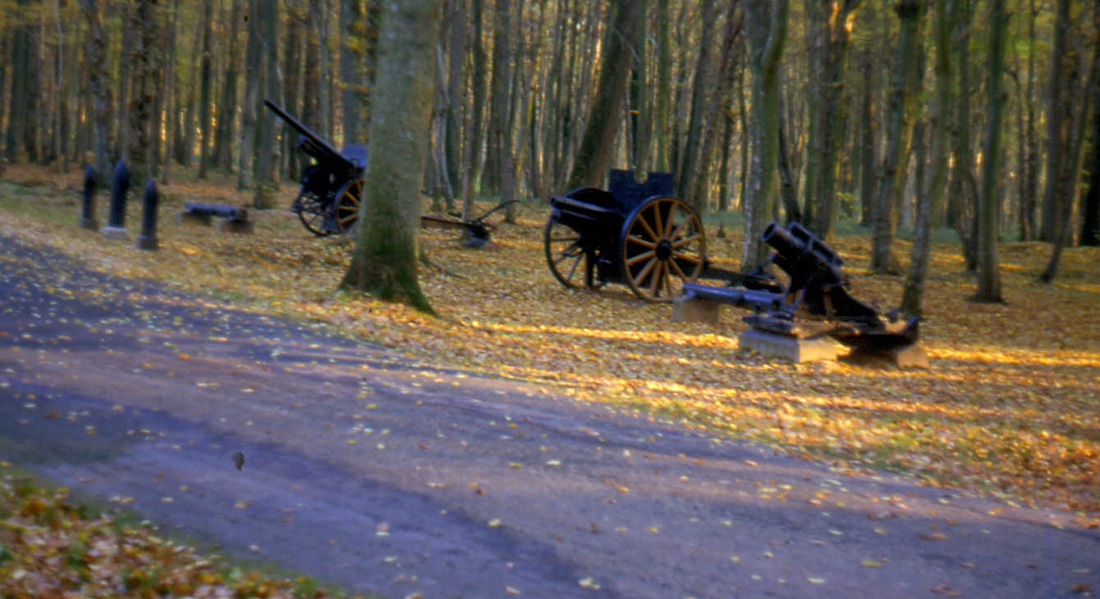
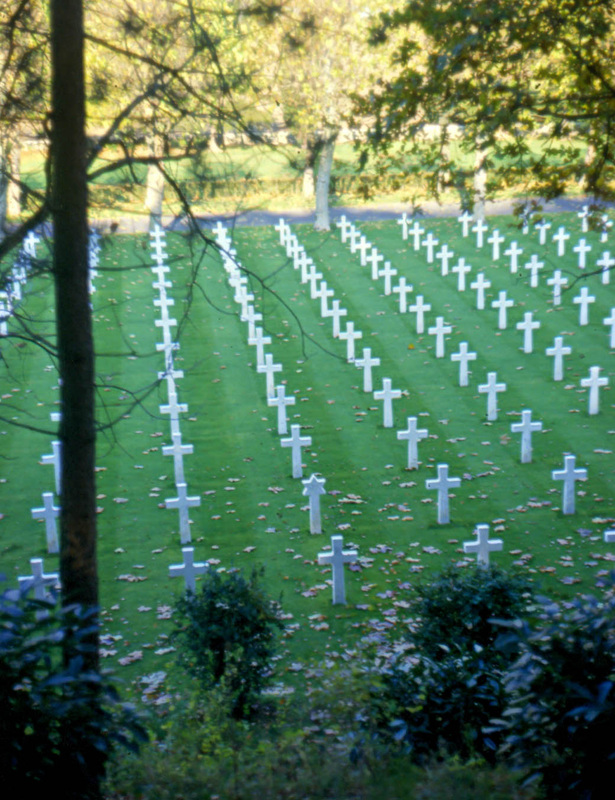
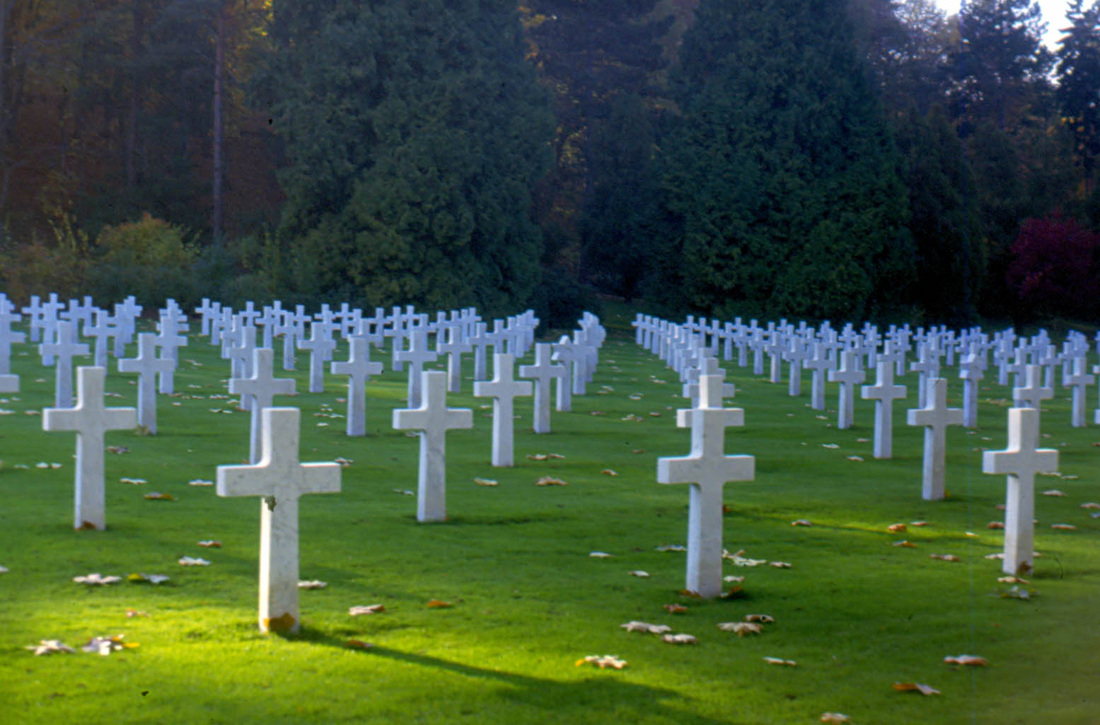
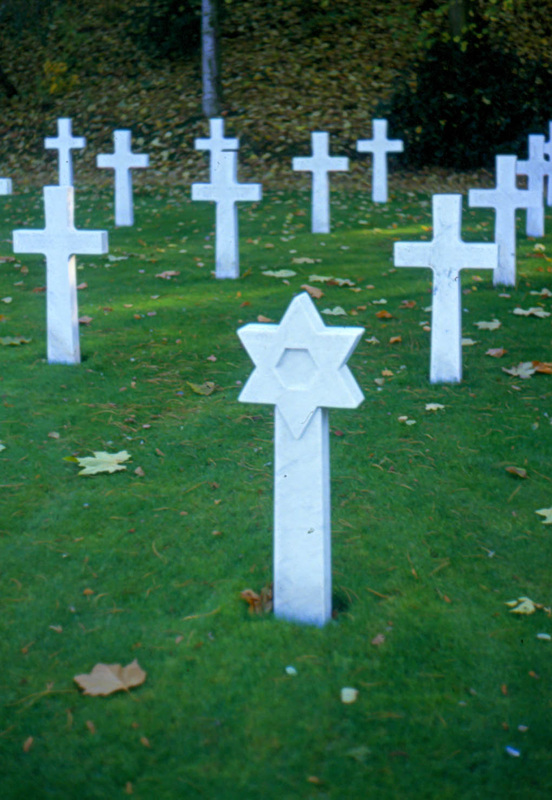
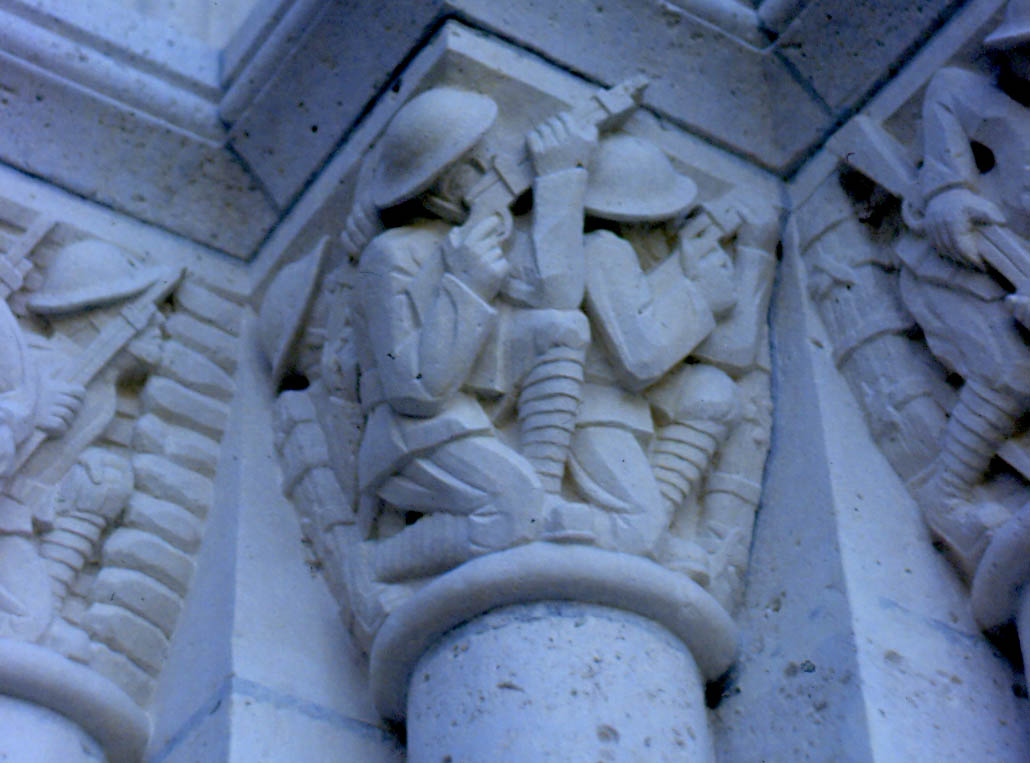
 RSS Feed
RSS Feed